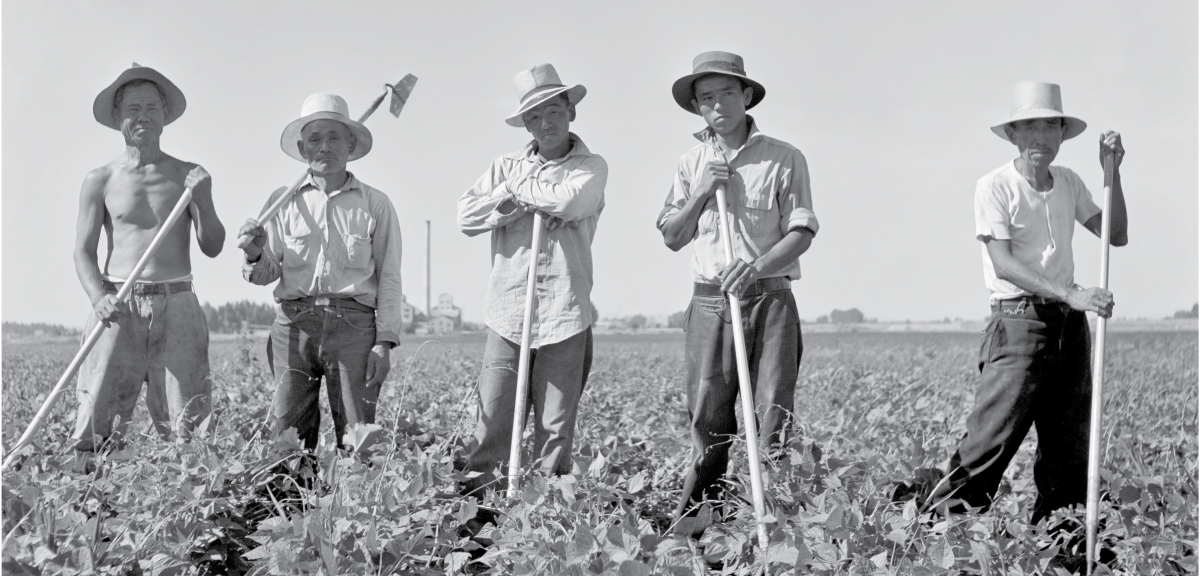
Uprooted Resources
James Tanaka from Uprooted Exhibit.
Visit the Uprooted project site for more life history interviews, photos, and information.
Related Resources on Discover Nikkei
 DiscoverNikkei.org is a major online resource that brings together the voices and experiences of Nikkei (Japanese emigrants and their descendants), who have created communities throughout the world. The website documents Nikkei history and culture and provides learning and networking tools for Nikkei around the world.
DiscoverNikkei.org is a major online resource that brings together the voices and experiences of Nikkei (Japanese emigrants and their descendants), who have created communities throughout the world. The website documents Nikkei history and culture and provides learning and networking tools for Nikkei around the world.
See below for articles and video clips related to this exhibition.




